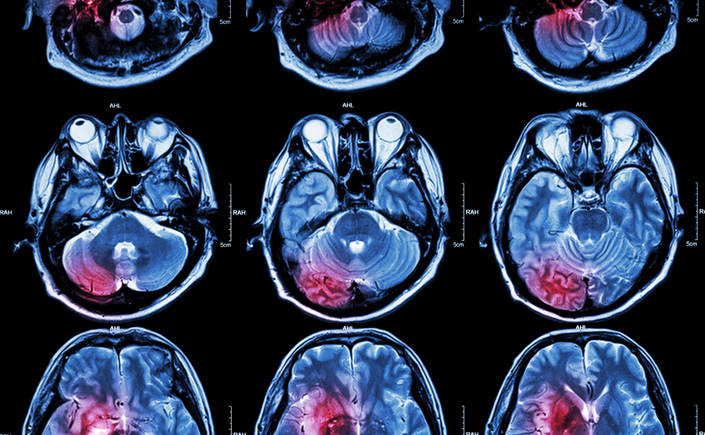
A team at the University of Minnesota aims to give researchers a better set of tools for exploring how the brain functions.
In a recent study, an interdisciplinary team of researchers investigated ways to better analyze the data that results from functional magnetic resonance imaging (fMRI), a technique that records images of brain activity over time. While fMRI holds enormous potential for neuroscience research, researchers need new ways to interpret the fMRI data as a network of activity between different regions of the brain.
The study, published in IEEE Computer this month and funded by the National Science Foundation along with a MnDRIVE Fellowship in Neuromodulation, investigated different methods for analyzing and modeling fMRI data. The study’s goals align with the White House’s BRAIN Initiative, launched by the Obama Administration in 2013 which aims to revolutionize our understanding of the human brain.
A Matter of Space and Time
An fMRI creates images of brain activity at regular intervals over a period of time — for example, scientists could scan the brain every two seconds for six minutes to get a total of 180 images. Translating the data found on these still pictures into a format that shows brain activity as a dynamic network of interactions requires an approach that takes into account not only where neurons are firing, but when.
“Because of the spatial and temporal nature of fMRI, effective approaches to construct brain networks out of this data are not readily available,” said Gowtham Atluri, Ph.D., a MnDRIVE fellow in the Brain Conditions research area at the time of the study and now an assistant professor of computer science at the University of Cincinnati. “This paper highlights the need for better tools and proposes directions for how to advance data science around this type of brain imaging.”
In addition to Atluri, the research team included Angus MacDonald, Ph.D., professor of psychology with the College of Liberal Arts; Dr. Kelvin Lim, professor of psychiatry with the Medical School; and Vipin Kumar, Ph.D., Regents Professor and William Norris Chair in Large-Scale computing with the College of Science and Engineering.
A Network of Activity
While the right tools for analyzing fMRI scans as networks are not readily available, Atluri said scientists can take a page from network based approaches used in other scientific fields that share some conceptual similarities. Those used to study social networks are one example: In much the same way that individuals connect to one another and become friends to form a social network, neurons in the brain connect to one another whose firing results in brain activity.
Better approaches to fMRI data analysis can help contribute to breakthroughs in brain research. Network-based fMRI analysis will allow researchers to learn more about the interactions between different regions of the brain and to study which regions of the brain interact when a person performs a given task. The data analysis can also help show the differences in brain activity between an individual with a healthy brain and one with a neurological disorder. Atluri, Lim, MacDonald and Kumar were among the researchers who conducted a 2015 study investigating connectivity problems between regions of the brain in people with schizophrenia. Results from this study were published in Human Brian Mapping.